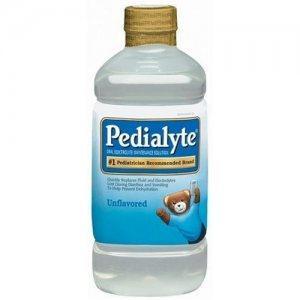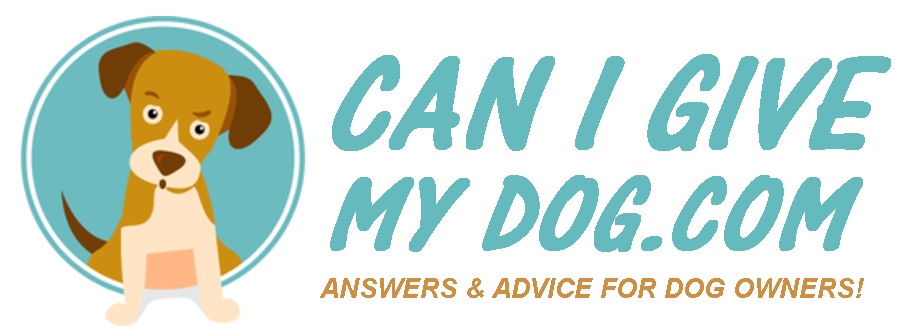You’ll be happy to hear that giving your dog Pedialyte can make a lot of sense when they refuse liquids or are otherwise dehydrated.

Water deficiency (or low electrolytes, like potassium or sodium) is a serious problem for pets.
Insufficient fluid intake, diarrhea and vomiting all contribute to dehydration. You obviously want to prevent this from happening to your dog.
Here’s the deal:
While there are many treatments, one works great to restore lost electrolytes and fluids.
You guessed it: Pedialyte!
It is a safe and effective solution, and a popular choice.
Pedialyte Works For Dogs Too
Though primarily made for humans, when necessary it can also be given to four-legged friends.
Pedialyte is a replacement therapy. It basically replenishes important minerals including chloride, sodium and potassium.
An electrolyte formula, it is a fantastic re-hydrating treatment for when a dog is on the verge of dehydration.
We witnessed it first-hand when our oldest was sick last year — turns out he has a love for bubble gum-flavored Pedialyte!
Dosing Pedialyte For Dogs
There are several different products.
Some are already diluted (you may or may not need to mix the contents with water). Be sure to check first.
In any case…
Exact Pedialyte dosing is open for debate. Play it safe and go with an amount that factors in your dog’s body mass.
Half a cup of diluted Pedialyte, every hour or so, is acceptable for a 40-50 pound canine. Don’t exceed 4 cubic centimeters per pound of weight.
Other than water, avoid mixing with other fluids. Sugar additives could worsen your dog’s condition by drawing out more water from the cells.
A syringe ensures enough Pedialyte is consumed. That, or a flavored-version to encourage drinking, may be necessary.
Signs of a Dehydrated Dog
Your dog is made up of approximately 60% water.
H2O is critical for good health, dissolving foods and eliminating toxins. A deficiency is dehydration and serious indeed.
Symptoms include:
- Sunken eyes
- Decreased elasticity of the skin
- Abnormal panting
- Dry nose
- Dry eyes
- Dry mouth
Again, Pedialyte is an excellent remedy (particularly in the early stages).
Watch this video!
Caution: You really must visit a vet if your dog is already severely dehydrated.
Reasons For Dehydration
Dehydration occurs quite easily.
Aside from illness, a hot or dry environment is a big factor when combined with insufficient fluid intake.
Fever, diarrhea, vomiting, diabetes, viral or bacterial infection, kidney disease and panting or drooling will worsen your dog’s condition.
These signs may also indicate an underlying medical issue. But, whatever the reason…
Persistent dehydration is a real concern.
Get professional help if Pedialyte isn’t working. It may not be the solution you are seeking.
When to Get a Vet’s Help
Moderate dehydration is usually when you don’t observe your dog vomiting.
This can be remedied with Pedialyte given orally (either by syringe, bottle or drinking bowl).
More serious cases require aggressive replacement of fluids.
Some owners use Pedialyte for dehydration resulting from Parvos virus, but your dog may need something more for such dire circumstances.
Application of IV fluids could be vital. A vet may need your dog to stay overnight or until they’ve clearly recovered.
The Bottom Line
Dog dehydration can be serious (especially left untreated).
Pedialyte is safe for animals and extremely useful. It is proven effective for rehydrating dogs.
Speak with a vet and follow their Pedialyte dosing recommendations.
And if your dog has problems that persist, or worsen, bring them in ASAP.
